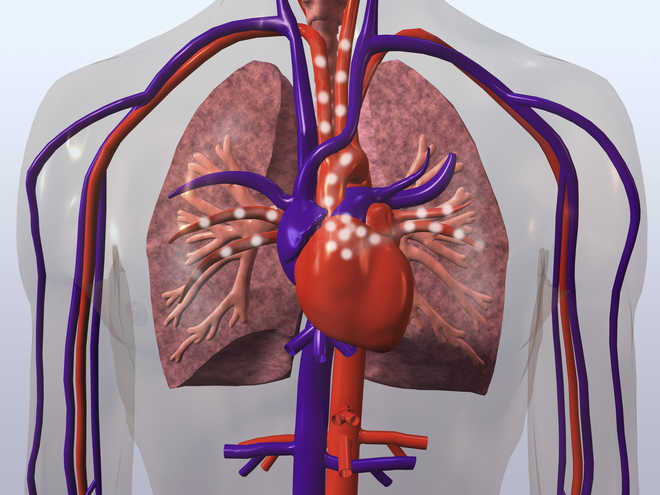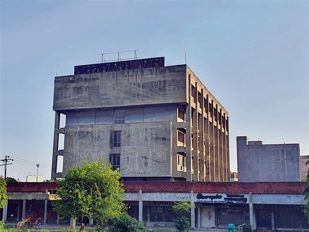
Photo source: Thinkstock
Boston
Stanford scientists have found that using blue-green algae and light to trigger photosynthesis inside the heart could help treat cardiac disease, the top cause of death globally.
Researchers injected a type of bacteria into the hearts of anaesthetised rats with cardiac disease. Using light to trigger photosynthesis, they were able to increase the flow of oxygen and improve heart function.
"The beauty of it is that it's a recycling system," said Joseph Woo, from Stanford University in the US.
"You deliver the bacteria, they take up carbon dioxide, and with energy from the light, they form oxygen," Woo said.
The genesis of this somewhat mind-boggling concept sprang from scientists searching for new ways to deliver oxygen to the heart when blood flow is restricted, Woo said.
This condition, known as cardiac ischemia, is most often caused by coronary artery disease.
"In nature, humans exhale carbon dioxide and plants convert it back to oxygen. During a heart attack, the muscle is still trying to pump. There's carbon dioxide but no oxygen," said Woo. "We wondered if there were any way to use plant cells and put them next to heart cells to produce oxygen from the carbon dioxide."
Researchers first tried grinding up spinach and kale and combining each with heart cells in a dish, but the chloroplasts — the photosynthetic organs — of those plants were not stable enough to survive outside of the plant cell.
Next, they tried photosynthetic bacteria, referred to as cyanobacteria, or blue-green algae, since it has a more rugged structure necessary for living in water.
They repeated the same tests to see whether these photosynthetic bacteria had the ability to survive with heart cells in a dish.
The next round of experiments involved injecting the cyanobacteria into the beating hearts of anaesthetised rats with cardiac ischemia.
They then compared the heart function of rats with their hearts exposed to light (for less than 20 minutes) to those who were kept in the dark.
"The group that received the bacteria plus light had more oxygen and the heart worked better," Woo said.
The bacteria dissipated within 24 hours, but the improved cardiac function continued for at least four weeks, he said.
The researchers plan to investigate how to apply this concept to humans and how to deliver a light source to the human heart. They are also examining the potential of using artificial chloroplasts to eliminate the need for bacteria. — PTI


























